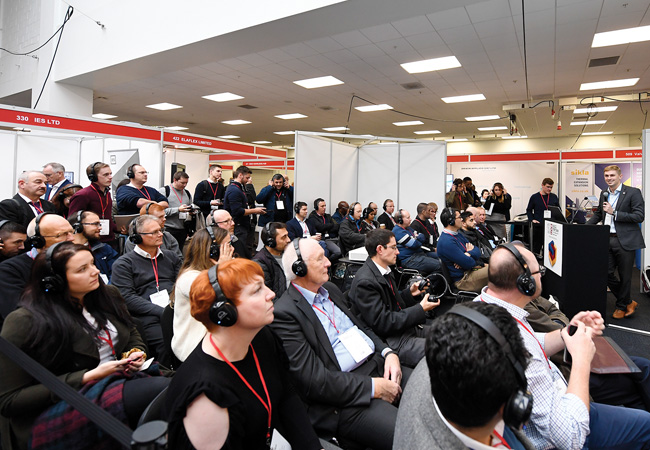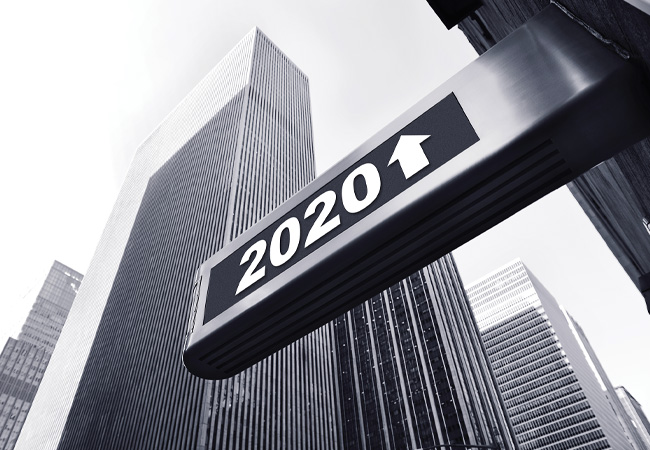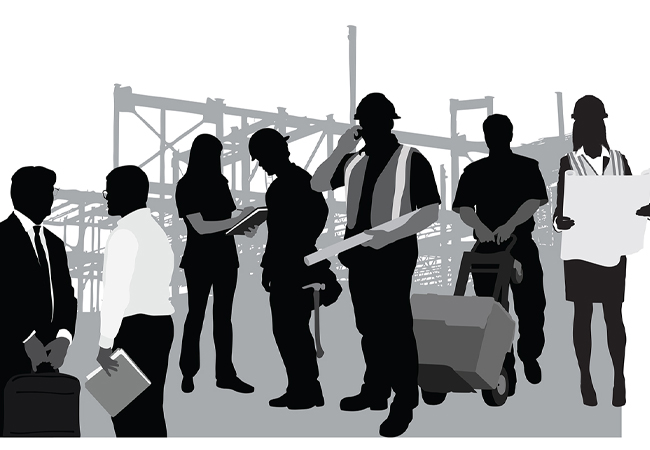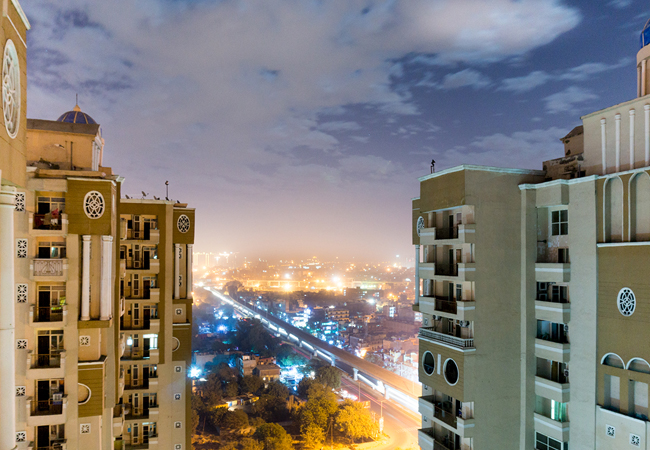
Credit: iStock.com / VladSt
Education buildings
Tom Bentham, senior partner and education leader, Max Fordham
Tom Bentham
We cannot know the ways in which technology will change education by 2050, but the quantity of digital information available to students will be greater, and how it is accessed will be more sophisticated. Making this information available means electricity consumption – although, with devices’ increasing efficiency and the move of data storage and processing into data centres, the consumption of electricity by technology may go down in education buildings. Nevertheless, this will be the biggest electrical demand in a 2050 education building. Virtual reality has the potential to supplant face-to-face learning, making many buildings redundant – but we will see the social and educational benefits of learning together, face to face, far outweigh the cost of providing the buildings.
The buildings themselves will be smart, too – networked devices in all elements of building services will ensure no systems are on unless they are needed and system performance is optimised for minimum energy use through iteration. Car parks will double as energy stores to even out electrical loads, using vehicles’ battery capacity. All this networking takes energy, too, and the parasitic loads associated with thousands of networked devices are likely to become a significant part of the building load, so there is a challenge to reduce the standby load per network device.
New education buildings will need no heating because of high building fabric performance and the internal heat gains generated by students and technology. Those internal gains, together with summer heatwaves of increasing frequency and severity, will mean adaptable external shading and, in hot weather, background cooling will be required. Heat-rejection plant will use refrigerants with a global warming potential of 10 or less. Thermal buffering will allow heat to be rejected from buildings at night. It’s impossible to predict what materials will be considered low environmental impact in 2050 – with a completely decarbonised grid and evolved manufacturing processes, thermally heavyweight structures may be back on the menu. If not, more technical coolth-storage systems based on phase change materials will become normal.
Most education buildings that will be in use in 2050 exist today, so the challenge is transforming this huge portfolio into lean, low carbon buildings well before 2050. The basic technologies for this already exist – insulation, triple glazing and ambient-temperature heat exchange networks and heat pumps. There are plenty of interesting elements of engineering for us to resolve in this transition – the building physics of retrofitting insulation, innovations in heat pump technology, and heating system design to match heat pumps to existing building systems.
What is needed to drive the transition to decarbonised education estates, as well as our expertise, is a stable policy and financial framework that provides equitable access to decarbonisation across all areas of the education sector.
Housing
Susan Hone-Brooks, director of sustainability, ChapmanBDSP

Susan Hone-Brooks
People by then will be quite different too, the majority having grown up with the internet, and the others living way past their current predicted lifespans. So, first and foremost, any building would need to cater for the complex needs of the individuals.
Bearing this in mind, the main attributes would need to sit around flexibility of space for the individuals to feel safe and comfortable, together with a good level of community integration.
Taking this theme of design around the individual, the space would need to offer the right level of reactivity and, so, be filled with dynamic feedback loops that enable the correct level of service at every level.
To achieve this, buildings could be filled with smart sensors linked to machine-learning algorithms, leading to a high level of artificial intelligence, which will allow effortless enjoyment for the individual while keeping sustainability at the heart of any decision.
We will be working with new building material elements, which will be self-healing/cleaning, fully recyclable and adaptable to many different elements or uses. We will also be using kinetic materials and advanced energy systems, be they solar, wind or waste, to enable the building to self-generate its own energy needs. This will probably be linked more closely to onsite food production, water purification and CO2 capture for conversion. In effect, the building will become a living organism, working in a symbiotic way with the individuals of the space.
It’s interesting that, as I write this, it feels to me like a bit of sci-fi, but we are only talking of a mere 30 years to get this right, so we must start down this journey and not delay.
This is going to mean our industry taking bold decisions and stepping up to taking risks, with adoption of new technologies and delivery of buildings with which occupants may feel uneasy in the short term. We are starting to experience this today, with the announcement from the government to upgrade existing gas boilers with new heat pump technology and banning the sale of new gas boilers from 2035.
Clearly, this is a worry, as the construction industry is noted for being one of the most fragmented sectors, and lags far behind others, such as aerospace and, even, automotive. So, we – ChapmanBDSP – see the challenge as one of ‘communication’ and ‘collaboration’. Communication with our clients that we can deliver beautiful, sustainable buildings that protect people, nature and the planet, and collaboration across the entire supply chain so we are able to source, manufacture and maintain the right building material elements.
Healthcare buildings
Steve Merridew, building services engineering director, BDP
Steve Merridew
An example of addressing the challenges to meet the net zero target is BDP’s work with Milton Keynes University Hospital (MKUH), which is looking to increase the capacity of its clinical offer through new, net zero carbon, digitally enabled facilities under the NHP. Its existing buildings and infrastructure are typical of many NHS estates, with accommodation dating from the 1970s, 80s and 90s. While it does not have significant legacy steam infrastructure, the low temperature hot water heating is gas-fired through combined heat and power and conventional boilers.
MKUH recognised that meeting its ambitious decarbonisation targets depends on its ability to improve the energy efficiency of its retained estate while decarbonising its heating infrastructure; most importantly, the trust recognised that both requirements are interdependent and interdisciplinary in nature. To help realise its ambition, BDP developed a comprehensive energy and infrastructure strategy, providing a blueprint for the phased retrofit and upgrade of the retained estates, alongside the phased delivery of a resilient, compliant and decarbonised infrastructure.
BDP developed an ‘Estates Digital Energy Twin’ (EDET), calibrated using historic site metering data and coordinated with the capital masterplan and estate strategy. The EDET supported a life-cycle analysis of various energy and infrastructure scenarios, demonstrating that – in addition to drastically over sailing the trust’s carbon-reduction targets – a business-as-usual approach was the most expensive over the strategy’s life-cycle. The strategy is a live document that is informing decision-making for retrofits and infrastructure upgrade projects, while supporting the objective of connecting buildings delivered under the NHP to a modernised and decarbonised central infrastructure. MKUH is currently overcladding its cardiology building as part of a pilot to sustainably extend the life of its existing facilities, improve energy efficiency, enhance occupant comfort and reduce heat network temperatures to support a phased transition to decarbonised heat sources.
Looking to 2050, the typical healthcare estate will have a decarbonised energy infrastructure, after a coordinated phase-out of fossil-fuel energy generation. This will be part of the replacement of buildings to modern healthcare standards or, more likely, an improvement in efficiency of systems and the upgrading of building fabric.
Commercial buildings
Duncan Price, partner, Buro Happold
Duncan Price
The commercial structure will have been reused, repurposed or remade from existing materials or zero carbon new materials. These should be environmentally regenerative and net positive in their production, transportation and construction. The building will be supplied with clean, renewable energy from onsite and offsite sources, connected into a smart energy system that optimises production and consumption of clean energy across the city. The building services are likely to be all-electric and powered by a zero carbon grid. It will have embodied the principles of the UK Green Building Council Net Zero Carbon Buildings Framework Definition.
Through intelligent design, and thermally appropriate materials, it will be resilient in the face of climate change, and support biodiversity, forming part of an urban green network. We have been working with C40 Cities on how to transition the industry to net zero through application of a Clean Construction Hierarchy.
Tier 1: Optimise the use of existing buildings: The use of existing spaces to their maximum potential, to reduce numbers of unoccupied and vacant spaces in the city, will be of prime importance. This might require new approaches to funding and finance, such as increased taxes on unoccupied properties and projects highlighting the potential of a city’s underused assets.
Tier 2: Retrofit and/or refurbish existing stock: Building owners should do end-of-life demolition assessments to encourage renovation, reuse and adaptive use of buildings, and whole-life embodied carbon assessments to drive design and planning decisions. Refurbishment schemes will be required to improve efficiency of buildings in operation, using low carbon materials and solutions. Cities might need to use their powers on permits, planning and development control, and support education and guidance around reuse and retrofit principles, and new assessment tools and data to support training and upskilling.
Tier 3: Build new only if necessary, reducing embodied carbon and following circular principles: Production of new buildings might need a step change in the use of prefabricated, offsite and modular construction methods to reduce waste, improve the environment, and promote a circular economy with the use of bio-based materials and certified timber products, backed by robust Environmental Product Declarations. Contractors will need to switch to zero carbon machinery and equipment. There may be a role for competitions and awards for the use of specific materials and processes, as well as the adoption of new building codes and standards incorporating regulations for Clean Construction design processes.
Data centres
Paul Scriven, energy and sustainability director, HDR
Paul Scriven
Operators and trade associations have agreed to make data centres climate neutral by 2030, leveraging technology and digitalisation. This is a full 20 years ahead of the European Green Deal, which is aiming to make the continent climate neutral through significant inroads in greenhouse gas reductions by 2050.
There are several current and changing requirements impacting refurbishment and new builds, including energy performance certificate ratings, planning policy, and building regulations for conservation of fuel and power. Along with corporate sector concern from investors that environmental, social and governance criteria have been met, it’s clear a typical data centre in 2050 will look and function differently from one built in 2015, for example.
At HDR, we are committed to well-run, secure and sustainable data-centre design and build in terms of efficient heating, cooling and energy management, as well as commissioning. This includes all typologies of centre, from smaller edge computing centres and medium-sized enterprise facilities to hyperscale campuses. Green developments are coming on in leaps and bounds – from a data centre powered by fuel cells to the Kolos Data Center in the Arctic region of Norway, which is powered by hydropower and wind. Use of renewable energy of this kind is subject to a data centre’s location, of course. This is why places such as Scotland are showcasing their geography and weather to position themselves at the helm of this sustainable data-centre revolution.
Key to addressing the challenges faced by designers and other stakeholders in the industry in getting to net zero is harnessing technology and data to make the best decisions. Developments in digital twin buildings are at the forefront of this. The ability to invest in such technology enables businesses to assess and plan all areas of their building assets, including resources, energy use, construction, refurbishment, in-use facilities and scenario testing, and determining planned works.
Using leading technologies and innovative design, we are helping our clients achieve great strides towards net zero carbon in data centres. Some clients are only a stone’s throw away from achieving it by 2025, greatly reducing pressure on the National Grid and resulting purchasing need for green energy.
A wider concern for centres that require refurbishment is embodied carbon. It is only a matter of time until we see the introduction of whole-life carbon targets for buildings. The move to a circular economy is having a major impact on all sectors, from workplace and hospitality to data centres. It’s our role to assist data-centre providers to develop solutions that help them prepare for 2050, and the decades before, in terms of a sustainable future.
Hospitality buildings
James Warne, co-founding director, WMEboom
James Warne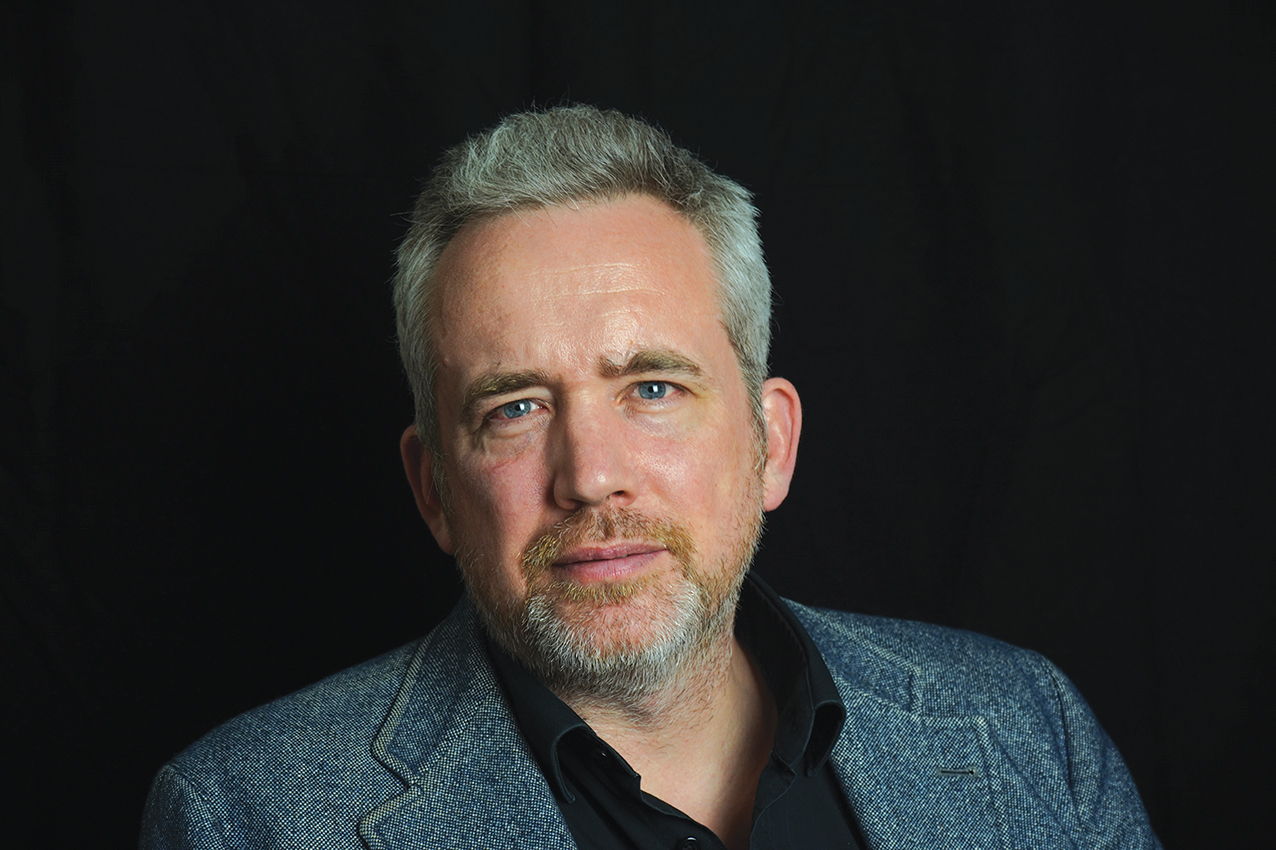
When providing accommodation, food or leisure facilities, market forces are a balance of value for money and the experience of luxury. As markets dictate sustainable solutions, the sector will respond, as demonstrated by increasing offers of wellness and eco resorts, but the chance to be sustainable is rarely at the cost of the experience – and that is an area with which the industry will wrestle most.
Typically, the hospitality sector has high water consumption and hot-water demands. Addressing these is problematic, especially via an onsite strategy. Decarbonisation of the national power infrastructure is of paramount importance if we are to achieve targets, but the infrastructure will need a significant overhaul to facilitate the future heating and added e-transport loads. Over the next 30 years, large investment in a more robust electrical infrastructure will be required. Water-management systems need to be implemented to preserve and reuse where possible. Similarly, climatic predictions will result in more air conditioning.
As cities move to vertical urbanism, mixed-use developments with communal energy systems will benefit from the inclusion of hospitality. Synergy between sharing resources through reuse of waste heat and waste water will create opportunities for shared benefits. Refurbishment will be encouraged over new construction. Repurposing of building materials will result in opportunities to build new, but from salvaged materials, with innovation in how obsolete systems get reused or upcycled. As planning authorities demand increased ecology, it is expected that the roof will be a battleground for habitat, plant space, solar and water collection, leisure space and views – something that district cooling and water-supply systems would help alleviate.
Areas typically known for hotel provision, such as surrounding airports, may find low carbon solutions – such as a ‘hyperloop’ or electric vertical take-off and landing (eVTOL) aircraft – providing rapid short-haul journeys to attractive destinations for a hospitality offer, pushing to a more decentralised location for hospitality.
Movement in the traditional hospitality model may well be affected by disruptors. For example, decentralised accommodation offering consistency in quality and experience, but spread over a more diverse area, is made feasible through smart technology, with room service replaced by online food deliveries, and hotel gyms being shared with larger gym providers in the form of a day pass.
Smart cities will result in the hospitality sector knowing its target audience better, understanding preferences and spending habits from the moment a guest arrives, with the intention of improving satisfaction –but, hopefully, encouraging a greener experience as well. We also need to learn lessons from the past 30 years: there is success in simplicity; with complex building services there is a growth in the performance gap; and people are social and will seek out connectivity – both to one another and to nature.



